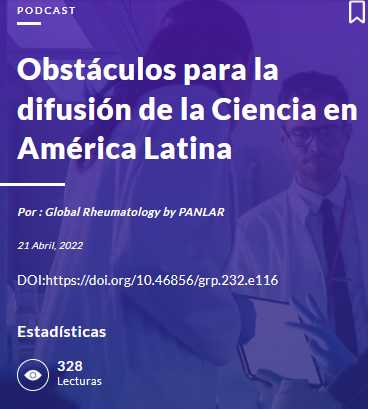Prothrombotic autoantibodies in serum from patients hospitalized with COVID-19
- Inicie sesión o regístrese para enviar comentarios
Abstract
Patients with COVID-19 are at high risk for thrombotic arterial and venous occlusions. Lung histopathology often reveals fibrin-based occlusions in the small blood vessels of patients who succumb to the disease. Antiphospholipid syndrome is an acquired and potentially life-threatening thrombophilia in which patients develop pathogenic autoantibodies targeting phospholipids and phospholipid-binding proteins (aPL antibodies). Case series have recently detected aPL antibodies in patients with COVID-19. Here, we measured eight types of aPL antibodies in serum samples from 172 patients hospitalized with COVID-19. These aPL antibodies included anticardiolipin IgG, IgM and IgA; anti-β2 glycoprotein I IgG, IgM, and IgA; and anti-phosphatidylserine/ prothrombin (aPS/PT) IgG and IgM. We detected aPS/PT IgG in 24% of serum samples, anticardiolipin IgM in 23% of samples, and aPS/PT IgM in 18% of samples. Antiphospholipid autoantibodies were present in 52% of serum samples using the manufacturer’s threshold and in 30% using a more stringent cutoff (≥40 ELISA-specific units). Higher titers of aPL antibodies were associated with neutrophil hyperactivity including the release of neutrophil extracellular traps (NETs), higher platelet counts, more severe respiratory disease, and lower clinical estimated glomerular filtration rate. Similar to IgG from patients with antiphospholipid syndrome, IgG fractions isolated from COVID-19 patients promoted NET release from neutrophils isolated from healthy individuals. Furthermore, injection of IgG purified from COVID-19 patient serum into mice accelerated venous thrombosis in two mouse models. These findings suggest that half of patients hospitalized with COVID-19 become at least transiently positive for aPL antibodies and that these autoantibodies are potentially pathogenic.
Redes sociales
Inicio de sesión
Quién está en línea
Próximos cursos
Eventos científicos 2022-2024
Audiovisuales
Caso clínico: Índice de Rodnan en la valoración cutánea de la esclerosis sistémica
Introducción a las guías PANLAR: arteritis de Takayasu
Introducción a las guías PANLAR: espondiloartritis axial
31 de mayo: Día de la reumatología panamericana (PANLAR)
Manifestaciones clíncas más allá del ESSDAI
Infomed 2.0: Reumatología
|
|
|
|
|
Sem del 9 al 15 de Dic de 2019 Jornada Nacional de Reumatología Reuma-CIMEQ 2019 |
Enfermedades reumáticas en imágenes
Búsqueda por categorías
Publicado: 27 de mayo de 2005
Actualizado: 23 de octubre de 2025

























